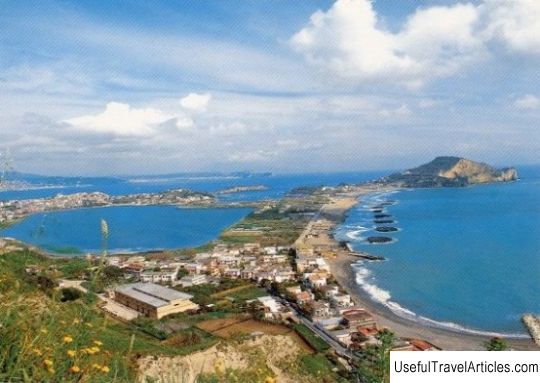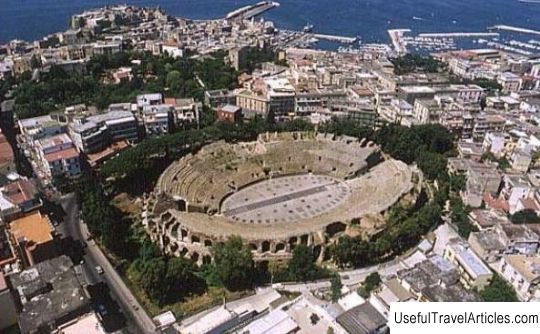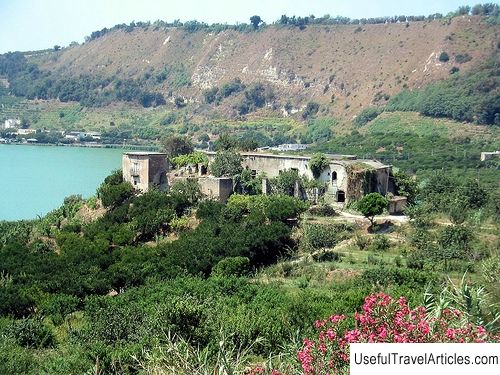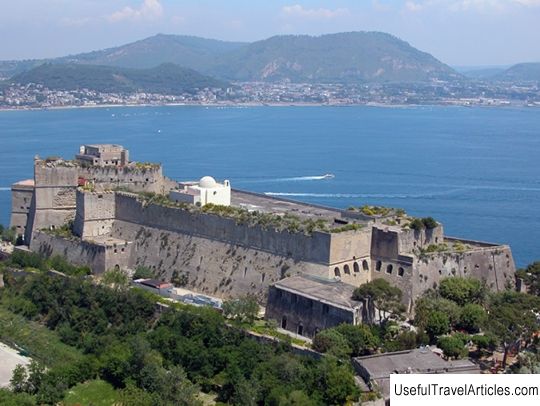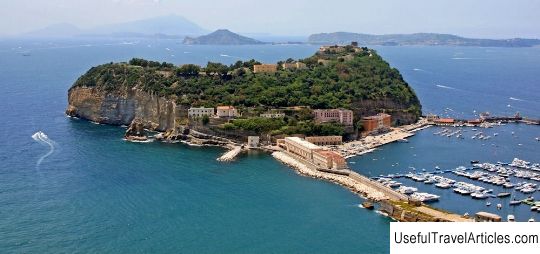Pozzuoli description and photos - Italy: Campania
Rating: 8,3/10 (5465 votes) 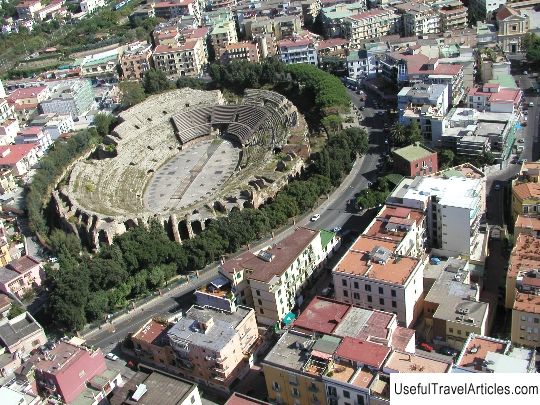
Pozzuoli description and photos - Italy: Campaign. Detailed information about the attraction. Description, photographs and a map showing the nearest significant objects. The title in English is Pozzuoli. Photo and descriptionPozzuoli is a city in the province of Naples in the Italian region of Campania, the largest on the Phlegrean Peninsula. The history of the city goes back to antiquity - in antiquity it was a Greek colony, then, in 194 BC, a Roman colony called Puteoli (from the Latin putere - to stink) was founded on its territory. This name of the colony was given because of the sulfur smell, because it was located in the center of the volcanic caldera - Phlegrean fields. During those years Puteoli was an important trade center, as many Campanian goods passed through the city, including marble, mosaics, blown glass and wrought iron, etc. The ancient Roman fleet, based in neighboring Mizenum, was the largest in the ancient world. There was also the suburban residence of the Roman dictator Sulla - he died there in 78 BC. And here the Apostle Paul went ashore, heading for Rome - he spent seven days in Puteoli, and then set off along the Appian Way to the capital of the powerful empire. In the 4th century, Saint Proclus and his companions were executed in the city: this event is reminded of the seven eagle heads on the Pozzuoli coat of arms, which symbolize the seven great martyrs. And Saint Proclus (San Procolo) is today considered the patron saint of the city. One of the main tourist attractions in Pozzuoli is Machellum, also known as the Temple of Serapis or Serapeum, a real symbol of the city. In reality, the "temple" was a covered market, and its name comes from a misinterpretation of the building's functions after the discovery of a statue of the ancient Egyptian god Serapis in it in 1750. Three magnificent columns of green marble have survived from Machellum to this day. The Flavia amphitheater, the third largest in Italy after the Colosseum and the Capua amphitheater, and the forum are also monuments of antiquity. Of the religious buildings, the temple of San Gennaro (St. Januarius) is worth mentioning - one of two places where the miracle of the saint's blood thinning is celebrated (the second such place is the Cathedral of Naples). Natural attractions of Pozzuoli deserve special attention, for example, Solfatara - a volcanic crater with active fumaroles. In Lake Averno, according to the ancient poet Virgil, there is an entrance to Hades, and next to the lake is the Temple of Apollo, Sibylla's grotto and Kochceio grotto (the latter was seriously damaged during the Second World War and is now closed to the public). Another lake in the vicinity of Pozzuoli - Lucrino - in the era of Ancient Rome was a recognized resort. On its shore was the villa of Cicero, and Pliny the Elder mentions a legend according to which a dolphin lived in the lake, making friends with a child. When the child fell ill and died, the dolphin also died of a heart failure - this story is considered the first known urban legend.       We also recommend reading Roman Agora description and photos - Greece: Athens Topic: Pozzuoli description and photos - Italy: Campania. |
